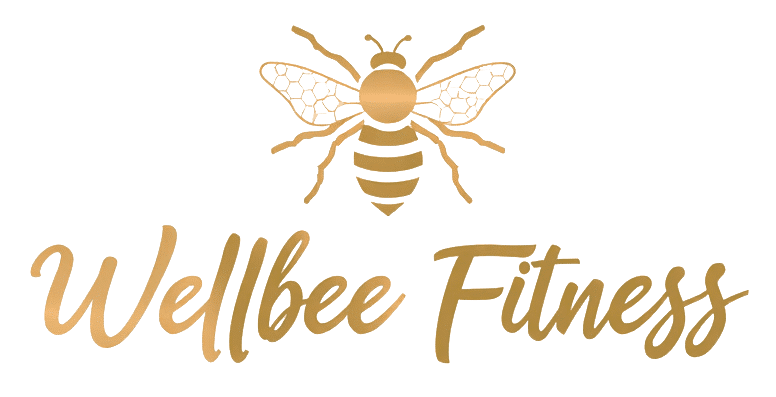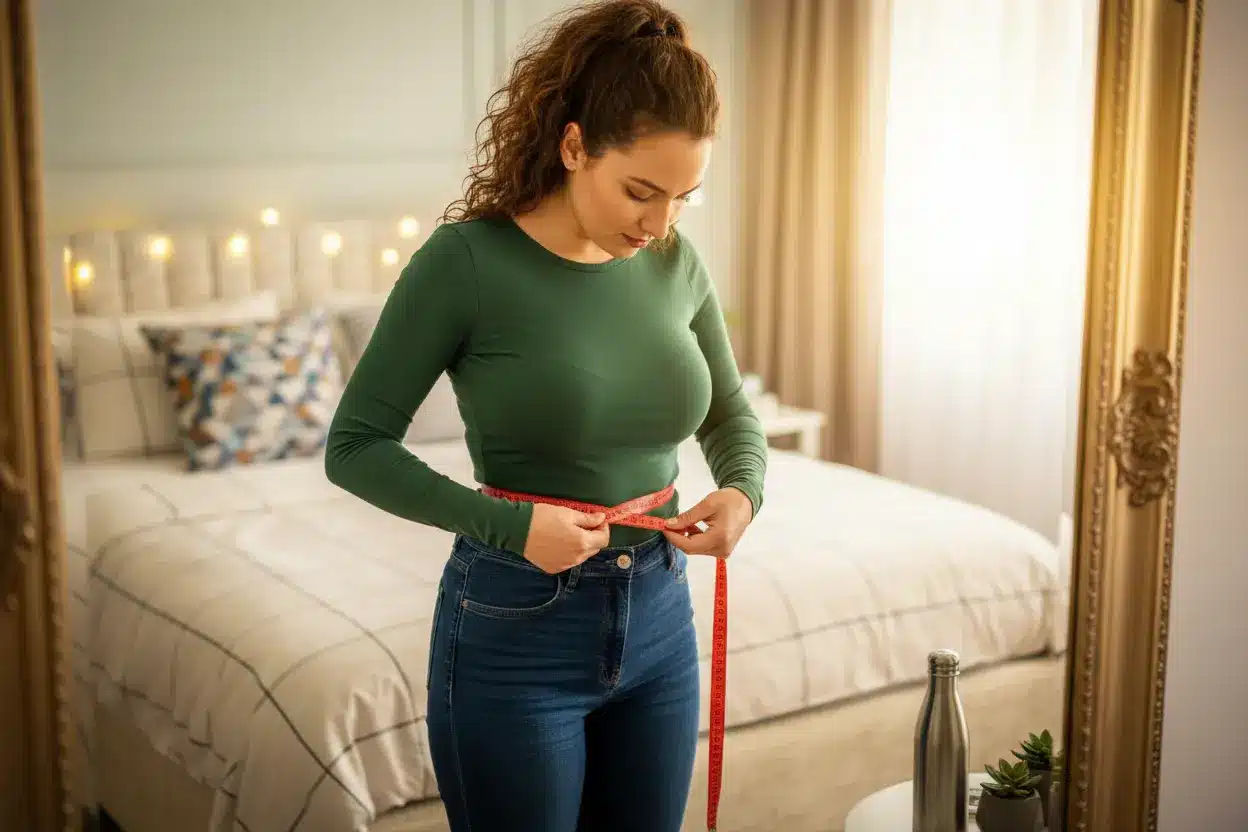Try chasing after a bus in your fifties or attempting a downward dog and suddenly feeling like gravity has doubled. Welcome to the not-so-glamorous, yet universal club where aging subtly (and sometimes not so subtly) reminds us that our youthful muscle power is quietly packing its bags. But how much do we really lose—and why? Here’s the truth that rarely gets airtime.
The Disappearing Act: Where Did My Muscles Go?
Christine Le Page, Doctor of Life and Health Sciences and lecturer at the University of Paris Descartes, doesn’t sugarcoat it: by age 50, we’ve already kissed goodbye to around 10% of our muscle mass. And after that milestone birthday, things speed up. From ages 50 to 80, the loss jumps to a whopping 30%.
Why? The answer starts with a « natural » physiological phenomenon. As we age, our bodies get less efficient at synthesizing the proteins necessary for proper muscle development. And as Le Page points out, many older adults tend to let protein intake slide, skipping those steak or lentil portions just when they need them most. The fix? Ensure you’re consuming sufficient protein, and regularly at that. There’s no clever cheat code, only good eating habits—sorry, snackers.
The Hidden Villains: Inflammation and Oxidative Stress
Time doesn’t just toy with proteins. Advancing age also shakes up your immune system. It becomes less reliable and partly responsible for a chronic state of inflammation. According to Le Page, this opens the door to a host of problems—inflammatory diseases that can further damage muscles, along with cardiovascular, neurological, and even joint issues like arthritis.
And if that wasn’t enough, life’s environmental annoyances are lurking too. UV rays, pollution, pesticides, and the less-than-virtuous habits like smoking, drinking, or a poor diet all contribute to something called oxidative stress. This process affects every cell in your body, including those vital for muscle function. It’s like a slow corrosion, but inside you. Delicious.
Antioxidant Allies and the Power of Movement
Before you hide under your bed with a bowl of broccoli, take heart. Diet can be a powerful ally. Le Page recommends stocking up on antioxidants, the body’s defensive squad against oxidative stress. Her shopping list is refreshingly tasty:
- Red berries
- Beetroot
- Cocoa (yes, chocolate’s less guilty cousin!)
- Tea
- Dried fruit
But don’t put down your running shoes just yet. Regular physical activity is every bit as crucial for muscle health. Here’s the kicker: according to Le Page, “sedentariness is the fourth leading cause of premature death worldwide.” Ouch. Regardless of your starting age, even at 80, it’s vital to keep contracting those muscles to ensure all your body’s systems are working optimally.
Her ideal formula? At least five sessions per week, each 30 minutes minimum. Alternating between endurance activities (think Nordic walking or the elliptical) and strength training is key. Engaging your respiratory and cardiovascular systems, as well as major muscle groups—arms, legs, back, and abs—slows down the ravages of time. Two months in, you’ll notice the difference. Le Page swears by it.
Everyday Acts and the Age of Longevity Obsession
If the mere idea of an athletic routine makes you want to run (but not literally), relax. Le Page suggests simple daily habits: take the stairs instead of the elevator, or walk—even part of your journey makes a difference.
Meanwhile in California, longevity has become big business—sometimes bordering on dystopian. Wealthy Americans are chasing immortality, like one multimillionaire meticulously tending to his sleep and publicizing his perfect-night routine online. Others are resorting to “father-to-son” transfusions or jaw-dropping solutions priced for the super-rich.
How do celebrities fare in this great aging game? Some, like the natural-loving actress who refused Botox pressures in her thirties, opt to age at their own pace, while others share their non-invasive skin-lifting methods at 58. The rest? Well, tabloids have fun imagining how stars would look if they aged like the rest of us—sans elite surgeons and facial coaches.
And then there’s Bryan Johnson, the man who wants to live forever, on a very public quest to reclaim the body (and probably the hairline) of his 18-year-old self. His controversial advice makes headlines, but the basics remain the same: nutrition, movement, rest.
The bottom line? While technology and miracle cures get the limelight, the real defense against vanishing muscles lies in what you put on your plate, how often you get moving, and those (anti)oxidant allies. There’s no secret, just habits—so celebrate your next trip up the stairs, and maybe treat yourself to a square of dark chocolate. Your muscles just might thank you (at any age).

John is a curious mind who loves to write about diverse topics. Passionate about sharing his thoughts and perspectives, he enjoys sparking conversations and encouraging discovery. For him, every subject is an invitation to discuss and learn.






